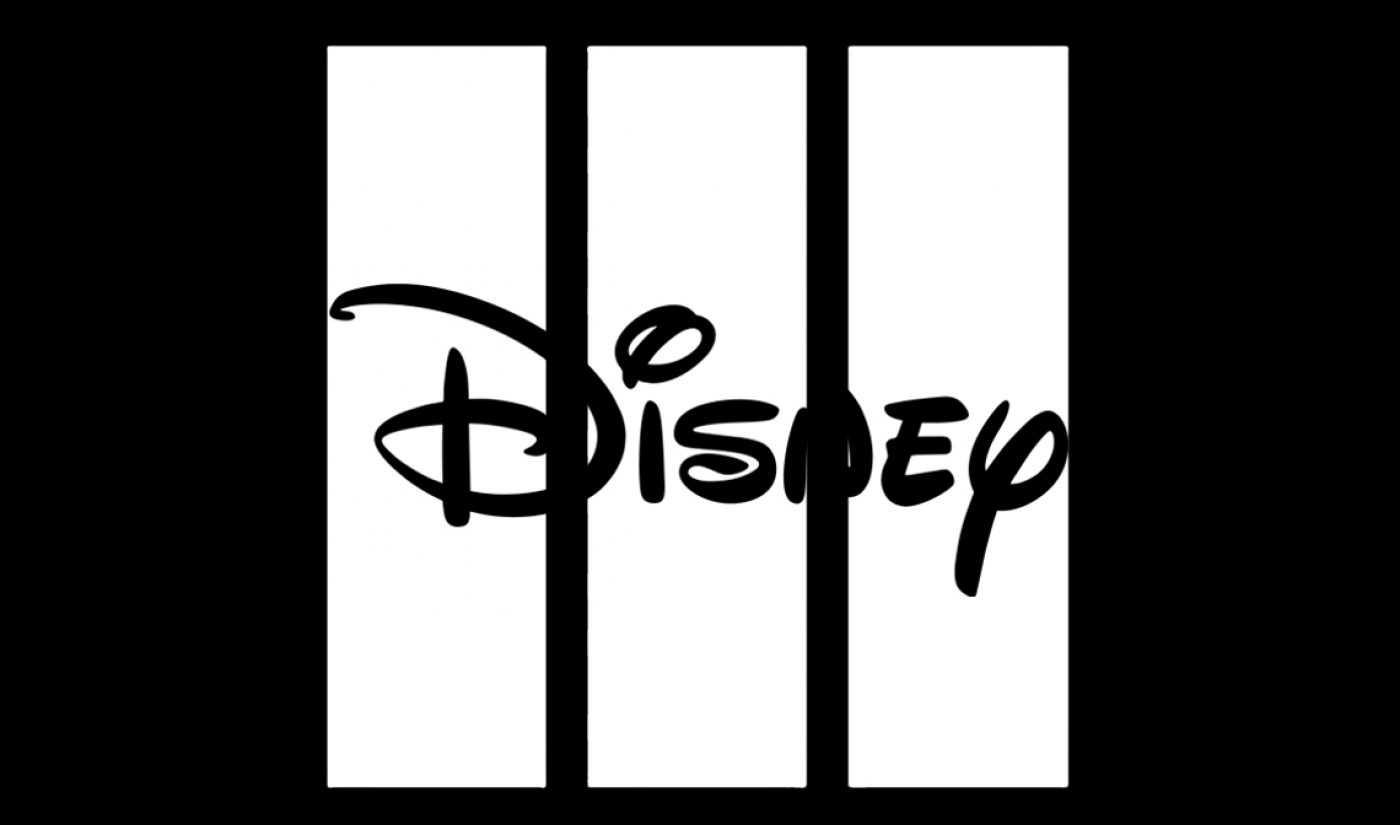Insights is a weekly series featuring entertainment industry veteran David Bloom. It represents an experiment of sorts in digital-age journalism and audience engagement with a focus on the intersection of entertainment and technology, an area that David has written about and thought about and been part of in various career incarnations for much of the past 25 years. David welcomes your thoughts, perspectives, calumnies, and kudos at david@tubefilter.com, or on Twitter @DavidBloom.
Disney’s announcement this week that it’s launching a new digital network, and tucking away its former high-profile Maker Studios acquisition, brings to a whimpering end an entire era of multi-channel network mania that gripped media companies just a couple of years ago. Good. It’s time to move to the next stage of the digital-media business, one with promise of a more sustainable future.
Maker was the biggest, brashest, and most expensive of the MCNs to be purchased by a traditional media company in the first half of this decade. Since its acquisition, however, Maker and the MCN phenomenon have already become web Ancient History.

Subscribe to get the latest creator news
As seen in this week’s string of NewFronts presentations by increasingly sophisticated digital-media publishers old and new, it’s time for the industry to take that next step.
Yes, the online advertising business continues to be dominated by Google/YouTube and Facebook (between them they generated about $105 billion in ad revenue, or 20% of the world’s ad expenditures on all platforms, according to Zenith). But the NewFronts presentations this week and next promise to show companies that are building content for the future, growing serious businesses that can attract serious advertising and subscriber support.
It’s important to remember that YouTube created the whole notion of MCNs, so third-party companies could represent groups of creators who wanted a stronger return on the ads wrapped around their videos. The MCNs would get a share of the higher revenues, as would YouTube and the creators. Tens of thousands of creators signed up, many of the MCNs representing a broad range of not-very-similar talents and trying to make money by making those creators at least marginally richer.
It’s been awhile since most of the upstart digital media players have described themselves as MCNs. Even three years ago, some were calling themselves Multi-Platform Networks, or MPNs, to suggest they had moved beyond a YouTube ramora.
More importantly, these companies came to understand the value to creating and owning original programming. They also began to leverage opportunities in live events, merchandising, and traditional-media partnerships and programming.
But during the MCN mania era, Hollywood misunderstood a crucial piece of the business: these new media companies didn’t own anything, or not very much. The videos made by their creators (with some exceptions) belonged to the creators, often young people with little experience in complicated issues such as digital-asset management and library sales. Reselling that content, a classic Hollywood way to milk value from existing content, was extremely difficult.
Unlike a movie studio such as MGM (where I worked a decade ago before its library fetched nearly $5 billion from a consortium of buyers), the MCNs didn’t have a deep collection of digital content that could be sold and resold.
Instead, the MCNs had relationships, and short-term contracts, with young people in a fluid and still developing industry.
It reminded me a bit of the scene in Michael Winterbottom’s 24 Hour Party People, a deeply amusing film about Factory Records, the Manchester, England label that launched Joy Division and successor New Order as well as James and Happy Mondays. When a major label came to buy the always-struggling Factory, founder Tony Wilson had to admit his company had only handshake deals with its artists. It had nothing to sell. Ooof!
So I’m delighted to see Disney putting Maker amid a broad portfolio of digital assets, such as Oh My Disney, StarWars.com, Babble, Polaris, and branded Youtube channels devoted to Disney characters.
Yes, Disney has an extremely checkered history of digital missteps going back two decades, including the Maker purchase for $500 million plus an earn-out provision for much more (which Maker didn’t come close to achieving).
But Disney says the new network’s sites have one billion followers, and great potential for cross-marketing and audience reach and engagement. That’s great, though Disney surely knows by now that more numbers don’t mean more money in digital. More focus is what matters.
I’m pretty sure Disney and other media companies are starting to understand the special nature, and vast opportunity, of digital content. With any luck, this digital thing could turn into a real business after all.








